5 Cardiac Causes of Chest Pain You Probably Didn't Know About
0 Comments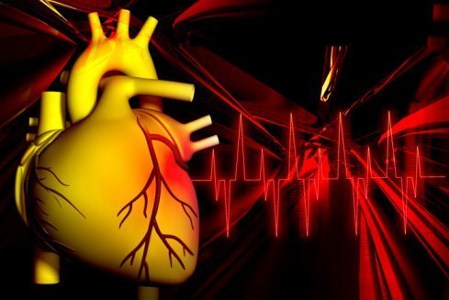
Myocardial Infarction
Myocardial infarction, commonly called a heart attack, is the death of heart muscle resulting from the sudden blockage of a coronary artery by a blood clot. Blockage deprives the heart of blood and oxygen. Damage to the cardiac muscle causes pain, which can be severe or mild, lasts longer than 20 minutes, is not completely relieved with rest or taking nitroglycerine. The pain may go away but comes back with increasing episodes. The pain of a heart attack can present as pressure, a feeling of fullness or squeezing in the center of the chest. The pain radiates to the shoulders, arm, back, teeth and jaw. It can also be felt in the upper abdomen. Commonly associated symptoms include shortness of breath, sweating, impending sense of doom, fainting, nausea and vomiting. For women, the pain of a heart attack may present as abdominal pain or heartburn, accompanied by unexplained fatigue, clammy skin and feeling lightheaded or dizzy. At the onset of any of these symptoms immediately call 911 for emergency medical attention. Photo: Getty Images
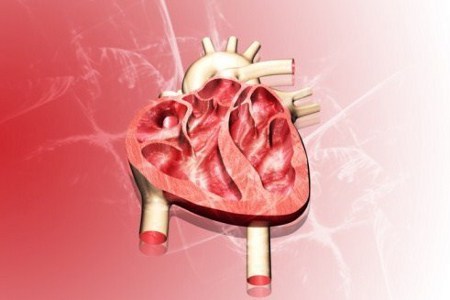
Aortic Dissection
The aorta is a major artery that carries blood from the heart to the rest of the body. Pressure on an area of the artery wall can cause the inner layer to split open or dissect. An aortic dissection is a life-threatening condition. The sudden onset of very severe tearing pain localized to the front or back of the chest associated with a cold sweat warns of an aortic dissection. Blood pulsing through the tear gets inside the artery wall and under the inner layer causing the aorta to dissect further. The tear moves away from the heart, traveling distally down the descending aorta. The pain travels as the dissection worsens. An aortic dissection is an emergency that warrants immediate medical attention. Photo: Getty Images
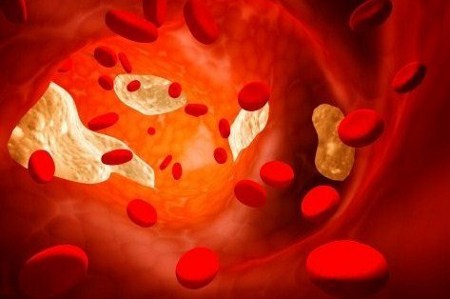
Angina Pectoris
Angina pectoris is recurring chest pain or discomfort caused by decreased blood supply to the heart. It is a common symptom of coronary artery disease. The accumulation of plaque on the inner walls of the coronary arteries restricts blood flow to the heart. Angina occurs when the heart’s need for oxygen exceeds the level of available oxygen. Angina is typically described as squeezing, pressure, heaviness, tightness or pain in the chest. It can feel like someone is standing on your chest. There are two common types of angina, stable and unstable. Stable angina is persistent reoccurring chest pain that usually occurs with exertion. Unstable angina is the most dangerous, occurs without exertion and warns of an impending heart attack. Photo: Getty Images
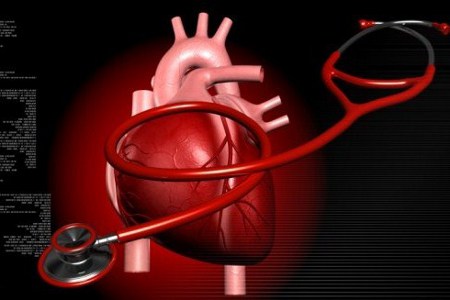
Pericarditis
The heart is surrounded by a two layer sac called the pericardium. One layer fits tightly around the heart while the second layer loosely surrounds the inner layer. Pericarditis is inflammation of the pericardium. The cause can be trauma, viral or bacterial infection, or the side effect of certain medications, autoimmune diseases, and metabolic disorders. Chest pain is the most common symptom. Onset can be sudden or slow. It is usually stabbing or sharp and can radiate to the back, the neck, or the arms. The pain worsens with deep breaths, coughing and lying down. Sitting up and leaning forward can relieve the pain. Additional symptoms include difficulty breathing while lying down, dry cough, anxiety, fatigue and fever. The prognosis for recovery is good if treated promptly. Untreated pericarditis leads to life-threatening complications such as cardiac tamponade, arrhythmias and heart failure. Photo: Getty Images
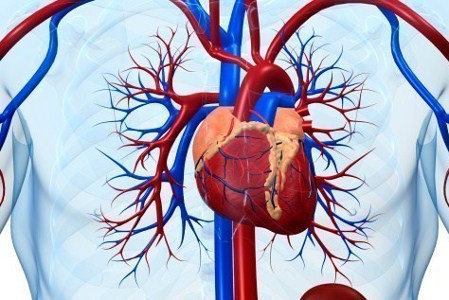
Myocarditis
Myocarditis is inflammation of the heart muscle. This uncommon disorder is caused by viral, bacterial or fungal infections that travel to the heart. Allergic reaction to certain medications or toxins, exposure to chemicals and diseases that cause systemic inflammation such as rheumatoid arthritis can lead to this condition. Symptoms include chest pain that may resemble a heart attack, abnormal heartbeat, fatigue, shortness of breath, fever and flu-like symptoms. Joint pain and swelling, leg swelling and low urine output can occur. Prognosis varies from complete recovery to permanent heart failure. Photo: Getty Images
Add a CommentComments
There are no comments yet. Be the first one and get the conversation started!